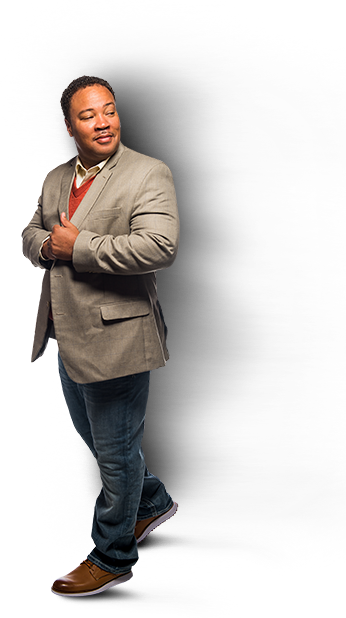As mentioned in last month’s blog, which discussed the importance of equipment selections, I stated a few points to consider before making patient-lift equipment purchases. This month I plan to carry the discussion a step further by focusing on why equipment ease-of-use and the manufacturer’s instructions for use (IFUs) are both relevant considerations for increasing the probability of staff choosing to incorporate patient-lift equipment into their everyday practice. I consider many factors when advising facilities which patient-lift devices will work best, and when it comes to achieving optimal injury prevention results, I focus on recommending changes that cause the fewest disruptions in everyday workflow.
Ease-of-use was mentioned last month in terms of complexity versus simplicity as an important consideration for selecting patient-lift equipment. The concept of ease-of-use encompasses not only how easy staff view the equipment is to operate, but also how it integrates into the clinical workspace. Both views contribute to the likelihood of whether staff will choose to use the equipment. In considering nurses’ approach to patient care, keep in mind that time is always a critical consideration for how caregivers prioritize their workday. Staff will feel they’re using their time efficiently when they can access equipment within the patient care work area—instead of needing to leave the area to retrieve it—so they are more likely to choose to use a patient-lift device.
If a patient is extremely overweight, staff may choose to take the time to retrieve the patient-lift equipment to avoid injury. Unfortunately, incorporating an assistive device only when an immediate injury risk is perceived is counterproductive to the overall intent of consistently reducing employee injuries. Staff must commit to using patient-lift equipment for all patients with mobility challenges weighing greater than 35 pounds if the overall goal is to consistently reduce employee injuries.
Last month, I also noted the importance of selecting patient-lift equipment that doesn’t require more than one caregiver to safely operate, according to the manufacturer’s IFU. In many cases, nursing units are either consistently understaffed or operating at the minimally required staffing levels, so a patient-lift device that can be operated by one person helps ease workload management challenges. This is especially the case when similar care tasks that would otherwise require two or more caregivers to perform manually can now be done with only one caregiver and a mechanical lift. In essence, it improves both staff and patient safety, as well as overall work efficiency.
When working to gain staff’s commitment to using patient-lift devices, it’s important to take the above considerations into account. It’s my belief that to create successful changes in traditional work norms and clinical practices, new changes should be delicately implemented without stressing newly designed modifications to the point of staff resistance.
The location of patient-lift equipment in the work area either increases or decreases the likelihood that staff will actually use the patient-lift device. The choice between having equipment available within the immediate work area or equipment that requires staff to leave the work area to retrieve is a decision left to each individual facility to decide. But when the intent is to provide a patient-lift product capable of protecting both staff and patients from patient-lift injuries, it’s important to create circumstances that make use of the equipment more likely.



I am writing to let you know what a brilliant discovery my princess wife found in your blog. She realized a lot of details which included what it is like to have an awesome teaching nature to allow certain people to simply grasp detailed and grueling subject matter. You truly surpassed my expectations. Thank you for churning out this productive, dependable, educational and even unique tips about this topic to Sandra.